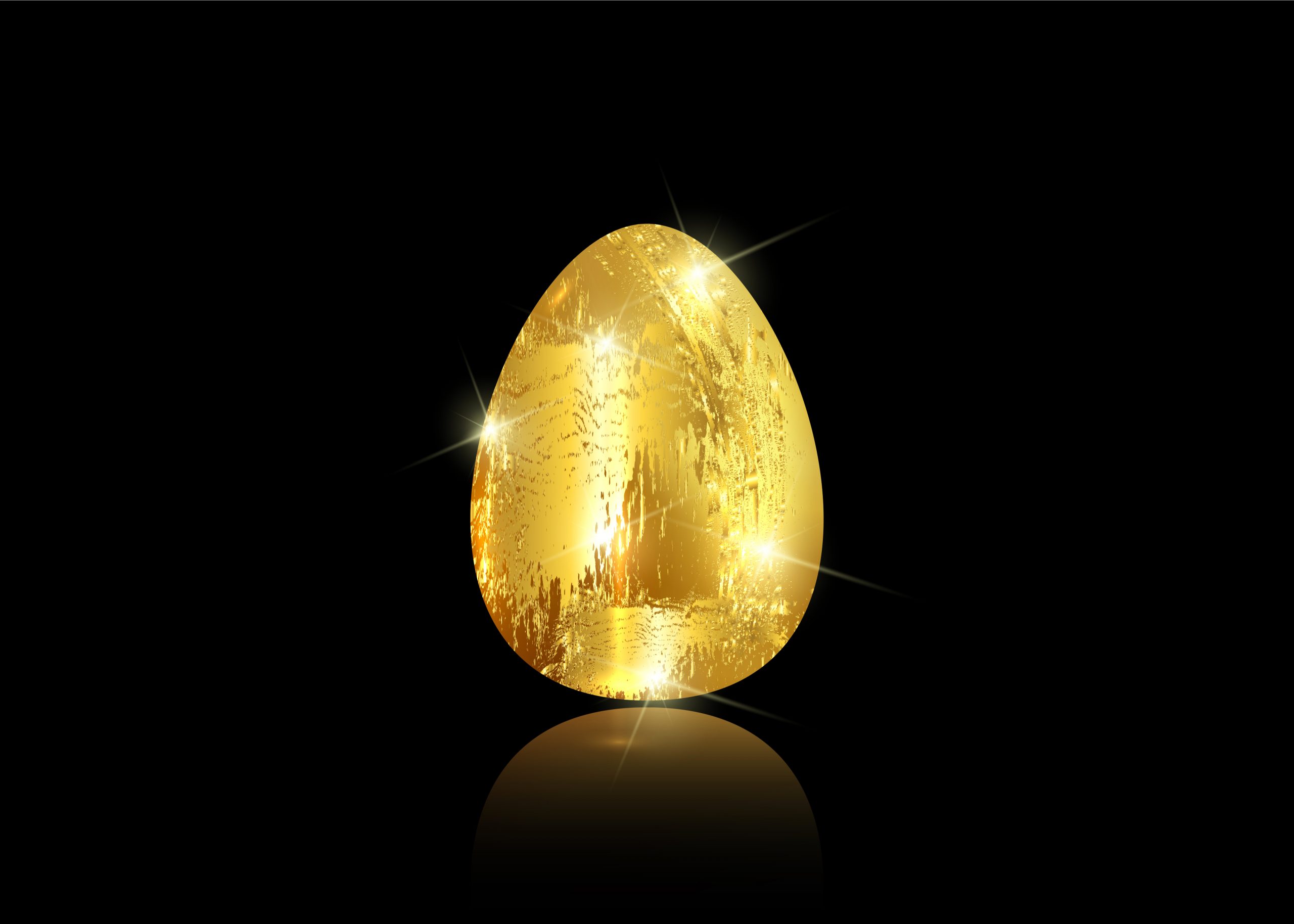The link between Faberge, Gold & Royalty
The House of Fabergé is an iconic jewelry company that started its operation in 1842 in Russia. Well-known for the famed gold Faberge egg, the House found success in producing high-quality, elegant jewelry and art objects. Fabergé gained international popularity due to the praises of Russian royalty in the mid-1880s. Although the company faced numerous challenges, today, it still upholds the same traditions and ideas as in 1842. With the Fabergé name, a little bit of gold, and the support of the Russian Tzar and his wife, the House of Fabergé became an international icon for exquisite jewelry.
How Was the Fabergé Jewelry Born?
Between 1685 and 1825, the Fabergé family lived in northern France- the Picardy region. The family lived as French Protestants, better known as Huguenots. At that time, the family name was Favri. Of course, their name would evolve throughout generations. In 1685, King Louis XIV dissolved the edict that protected the Huguenots, so the Fabergé family departed from France.
The family moved across Europe for generations, finally landing in present-day Estonia in 1800. This is where the family settled the longest. Thirty years later, Gustav Faberge would move to St. Petersburg, Russia to pursue a career as a goldsmith. This is where the iconic Fabergé company would assemble.
Creation of the Fabergé Family Business
In the 1830s, Gustave Faberge originally trained under a gold box specialist. Shortly after, he started working for Keibel, the well-respected goldsmith and jewelry company that worked for the leaders of Russia.
In 1842, after completing his apprenticeship with Keibel, Faberge established his jewelry shop on the street of Bolshaya Morskaya. To give his company a unique flair, Faberge changed his name to Fabergé. Thus, he created the iconic name people all over the world recognize and respect today.
Gustav Fabergé established the luxurious Fabergé company, but his son, Peter Carl Fabergé, helped construct the company’s illustrious image. Peter Carl Fabergé studied at an art school in Germany, then continued his studies as a goldsmith all over Europe. While studying, he visited some of the most esteemed European art museums.
Upon finishing his schooling, Peter Carl Fabergé returned to his father’s business in 1866. At the time, the Fabergé company was run by Hiskias Pendin who was highly trusted by Gustav Fabergé. Pendin took Peter Carl under his wing and showed him how to operate the business in addition to learning goldsmith traditions of antiquity. To practice, Fabergé used objects from the past century. This training later inspired the Fabergé company’s culture of utilizing custom for modern purposes. The death of Pendin in 1882 marked the beginning of Fabergé’s management of the soon-to-be renowned company.
Golds Attraction to Field of Fabergé
The use of gold is such a prominent characteristic of the House of Fabergé jewelry. The use of gold is deeply influenced by Gustav and Peter Carl Fabergé’s origins as goldsmiths. As a result, the company holds itself to a high standard with its luxuriously opulent creations.
The presence of gold in the field of Fabergé has roots in Peter Carl Fabergé’s explorations of distinguished museums in the 1860s. Observing and studying revered works of art allowed him to gain inspiration from traditional practices of enameling- including gold enameling.
Fabergé was able to develop more modern guilloché enameling techniques that contributed to the brand’s distinguished style. This allowed for a wider variety of colors, along with gold, to appear in Fabergé jewelry and objects.
Royalties Demand for a Unique Sort of Jewelry
1882 marks the year when Peter Carl Fabergé gained control over his father’s business. It is also the year when the Russian Tzar Alexander III came across Faberge’s work at the Pan-Russian Exhibition in Moscow. He was impressed by the extraordinary craftsmanship that the House of Fabergé produced, requesting that the Hermitage display their work.
After leaving an impression on the Tzar, the House of Fabergé started to become one of the primary jewelers of Russian royalty. During the Easter of 1885, the Tzar requested a Fabergé egg in honor of the upcoming Easter holiday. Tzar Alexander III and his wife, Maria Feodorovna, were so entranced by the House of Faberge’s work that they earned the title “Goldsmith by special appointment to the Imperial Crown”
The first Fabergé egg is known as the Hen Egg. The outside is an opaque white color that acts as the shell. With a careful twist, the egg opens and inside sits a gold hen. The highly detailed hen used to hold a replica of the imperial crown with a ruby pendant. This golden Fabergé egg impressed the Russian royalty so much that they allowed the House to take creative liberty on the eggs for Easters in the future.
The Legacy of the Gold Faberge Egg
After its establishment in 1842, the House of Fabergé underwent numerous changes to its brand and its business. It rose to international acclaim after receiving praise from Russian royals. Then, after World War I, the company had to be nationalized. While not being open, the company faced new modifications and partnerships.
The announcement of the return of the Fabergé company to the original family came in 2007. Shortly after, in 2009, the company relaunched and released a new, high-end jewelry collection.
Since the relaunch, Fabergé has worked to uphold its Russian roots and the history it possesses with its imperial eggs- the gold plated Fabergé egg being the most iconic. Jewelers and jewelry lovers across the world recognize the House of Fabergé as one of the most esteemed and admired jewelry makers.
Today, the Fabergé company is synonymous with chic jewelry and its famed golden eggs. The renowned egg figure even turns up in some of the company’s jewelry. The House’s popularity stems from the iconic golden egg, after the Russian Tsar and his wife revered the first gold Faberge egg in 1885. As a result, Fabergé and gold eggs forge together to create a renowned company that is the House of Fabergé.
My name is Sasha, I’m a father of two. Work in the tech industry. For fun I am running a small business in addition to that, sometimes I write and edit content regarding topics that interest me like: entertainment, tech, finance and art.


